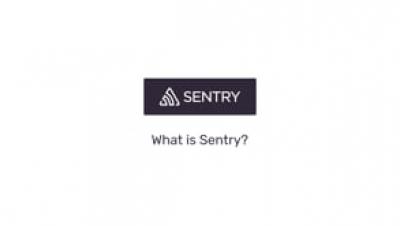Exception Perceptions: 4 Best Practices for Using Docker Compose
On this episode of Exception Perceptions, Bret Fisher, Docker Captain and creator of the popular Docker Mastery series on Udemy, helps us master Docker Compose. Watch the episode, and read more of Bret’s suggested best practices. Then go and get all of his Docker resources.












